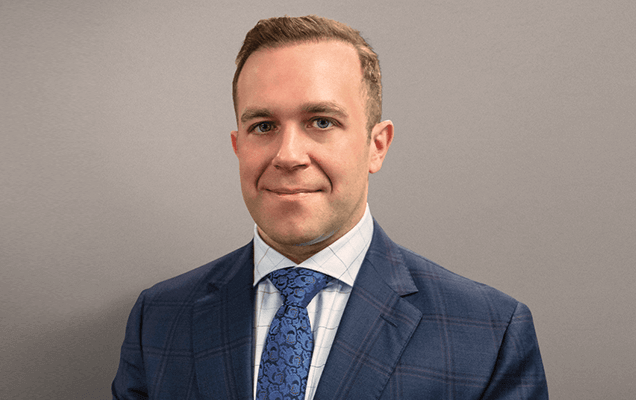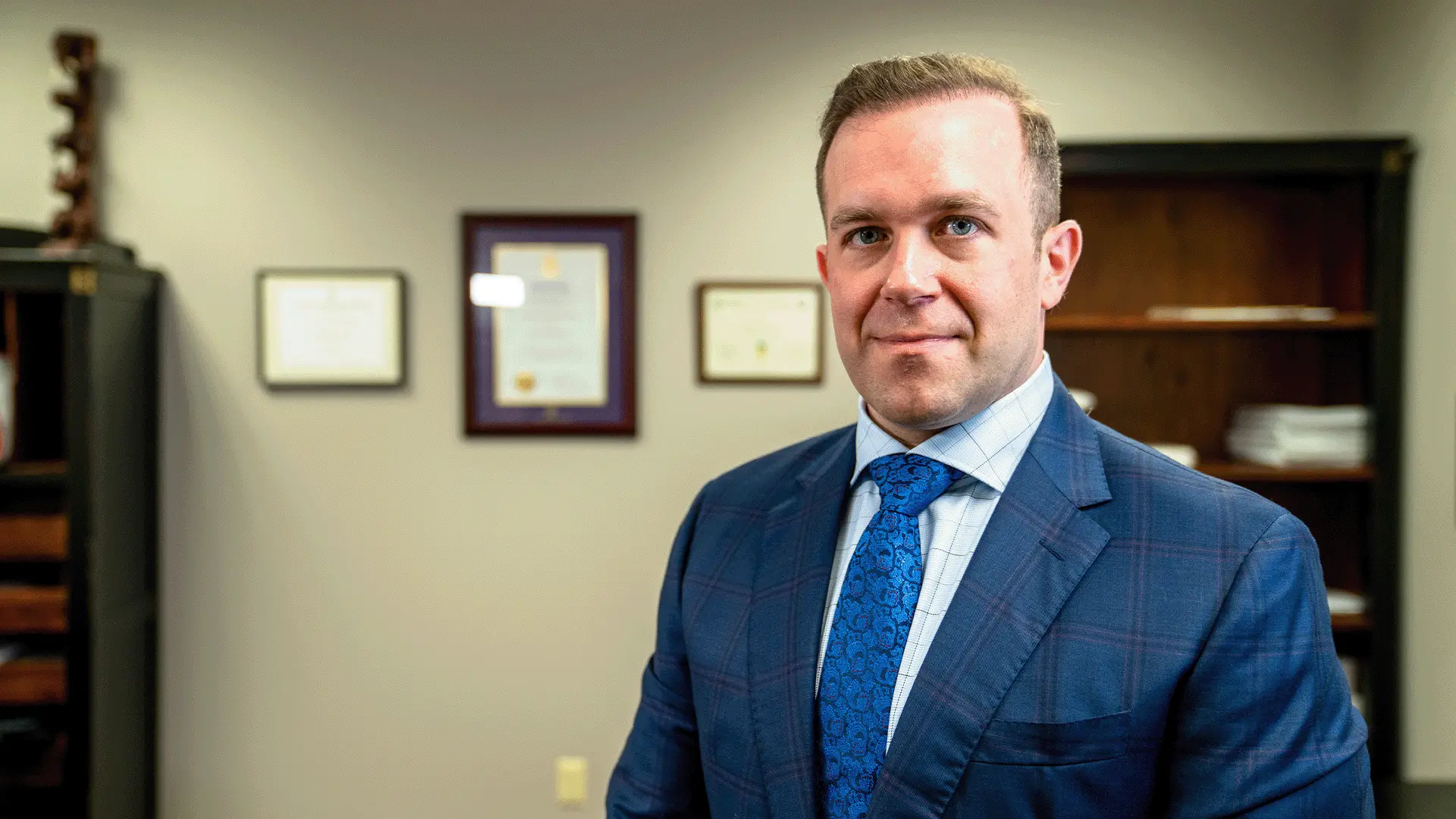Back Fusion Surgery
Back fusion surgery involves immobilizing a motion-segment of the spine, usually performed with a combination of bone graft, hardware implants, which can include screws rods or plates, and an implant to replace the disc.
Hardware is placed to hold the spinal segment in place so the body’s natural healing process can occur. The goal is to have the body’s own cells perform bone growth through or around the implants.
This bone growth is the result of the natural healing process of a spinal fusion procedure and can take up to 1 to 2 years after the surgery to complete.
Motion is usually minimally affected from a spinal fusion. As an example, there are people who have had spinal fusion procedures and returned to playing professional sports or intense weight-lifting exercises.
A key to recovery after fusion surgery is a gradual increase in activity level which includes participating in physical therapy.
Each case is unique and best discussed in detail with your board-certified spine surgeon.
It's time to get back
to doing what you love.
Spinal Fusion Risks
Some risks of lumbar spinal fusion include:
-
Bleeding before or after surgery
Which could require a transfusion or if a hematoma develops in the area of the surgery, repeat surgery to remove the hematoma. The more levels of spinal fusion and traditional approaches to the spine have higher rates of bleeding and blood loss as opposed to minimally invasive procedures.
-
Risk of nerve injury or spinal cord injury
A more serious risk of spinal fusion surgery is the risk of new nerve injury from the surgery. The spinal cord itself cannot heal from a spinal cord injury, but nerves have the potential to heal and regenerate themselves after surgery. The risk of new neurologic injury after surgery is uncommon and the risk of permanent nerve injury is even more rare.
-
Spinal fluid leak
The spinal cord and nerves are contained within a leathery sac called the ‘dura’ that can become torn during surgery, especially in cases of severe stenosis. This complication is more common (up to 10-20%) but can often be repaired during surgery. Rarely, repeated surgeries or procedures may be required to fix the repair.
-
Postoperative blood clots
When patients are not able to walk frequently after the surgery, blood clots can form in the legs and potentially even travel to the lungs. These can develop with any surgery and precautions such as medicines and stockings that compress the legs are used to reduce the risk. Certain genetic disorders can increase this risk. If there are any clotting disorders known in yourself or your family it is critical to inform your surgical team.
-
Infection
This is relatively uncommon, but the risk is increased in traditional surgeries, multiple levels of surgery, areas where infection is already present, or in cases of trauma. Patients will receive antibiotics at the time of surgery to reduce risk of infection. If signs of infection develop, repeat surgeries or procedures may be required to treat the infection and remove it from the area of surgery.
-
Non-union, ‘pseudoarthrosis’ or the spine surgery ‘not-taking’
This can present as pain that is not improving after surgery or pain that improves but returns. This can be failure of the hardware also called ‘instrumentation failure’. The risk of this developing are increased in patients who are smokers and potentially in patients who use high dose anti-inflammatory drugs in the first few days after surgery. If this develops, repeat surgery may be required.
Spinal Fusion Benefits
The general benefits of spinal fusion surgery include:
-
Reduced pain
The usual goal of a spinal fusion procedure is to reduce the patient’s pain. Pain can be from abnormal movement of the spine, ‘instability’ that occurs in the cases of deformity such as scoliosis, or in the case of a spinal slip ‘spondylolithesis’.
When a disc is degenerated from wear and tear arthritis ‘Degenerative disc disease’ pain from the degenerated disc itself can be helped by fusion, and also in limited cases the pain from arthritis of the joints at the back of the spine ‘facet arthropathy’. Although the pain may not be completely relieved, it often improves enough that pain medicines can be reduced once a patient is recovered from surgery.
-
Improvement of disability
Similar to when instability or abnormal movement is present, when the arthritis or issue (fracture, tumor) at a level of the spine is causing pain this will often limit the ability of the patient to move that area of the spine leading to muscle spasm and pain with movement. This pain can be improved by fusion of the painful area and in some cases the patient will have improved activity level after the fusion has healed.
-
Spinal stability
This is common in cases where multiple levels of the spine need decompression or in the case where a spine slip is present without instability. By the need to remove bone or joint tissue to free the nerves or remove the stenosis, instability will be created from the surgery itself. In these cases fusion is performed to prevent the development of secondary issues after the main goal of decompression. This is a common reason that fusion is performed, but fusion in this situation is a consequence of the decompression. The benefit of the procedure is the removal of compression of the nerves or of the stenosis that is causing pain.
Summary
The key with any surgery is to balance potential benefits against the risks.
There are risks to all surgeries and most people do well after spinal fusion surgery. Spinal fusion is a surgical procedure, so it is expected there will be a period of recovery where pain can be temporarily increased. The overall goal of spinal fusion is ‘short-term pain, long-term gain’.

About Dr. Christopher Gillis
Dr. Christopher Gillis is an accomplished neurosurgeon in Central Jersey and a proud member of Neurosurgeons of New Jersey, practicing out of their West Long Branch office conveniently located on Highway 36 West. Dr. Gillis is a fellowship trained spine surgeon out of Rush University in Chicago and his specialty is minimally invasive and complex brain and spine surgery. His clinical and research interests include developing and advancing innovative techniques for minimally invasive spine surgery, spine deformity correction, revision spine surgery, as well as robotics. Dr. Gillis’ passion is driven by helping patients regain their quality of life after suffering from disabling medical conditions. He is currently accepting new patients.
Recent Posts:






